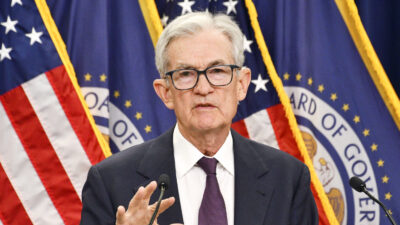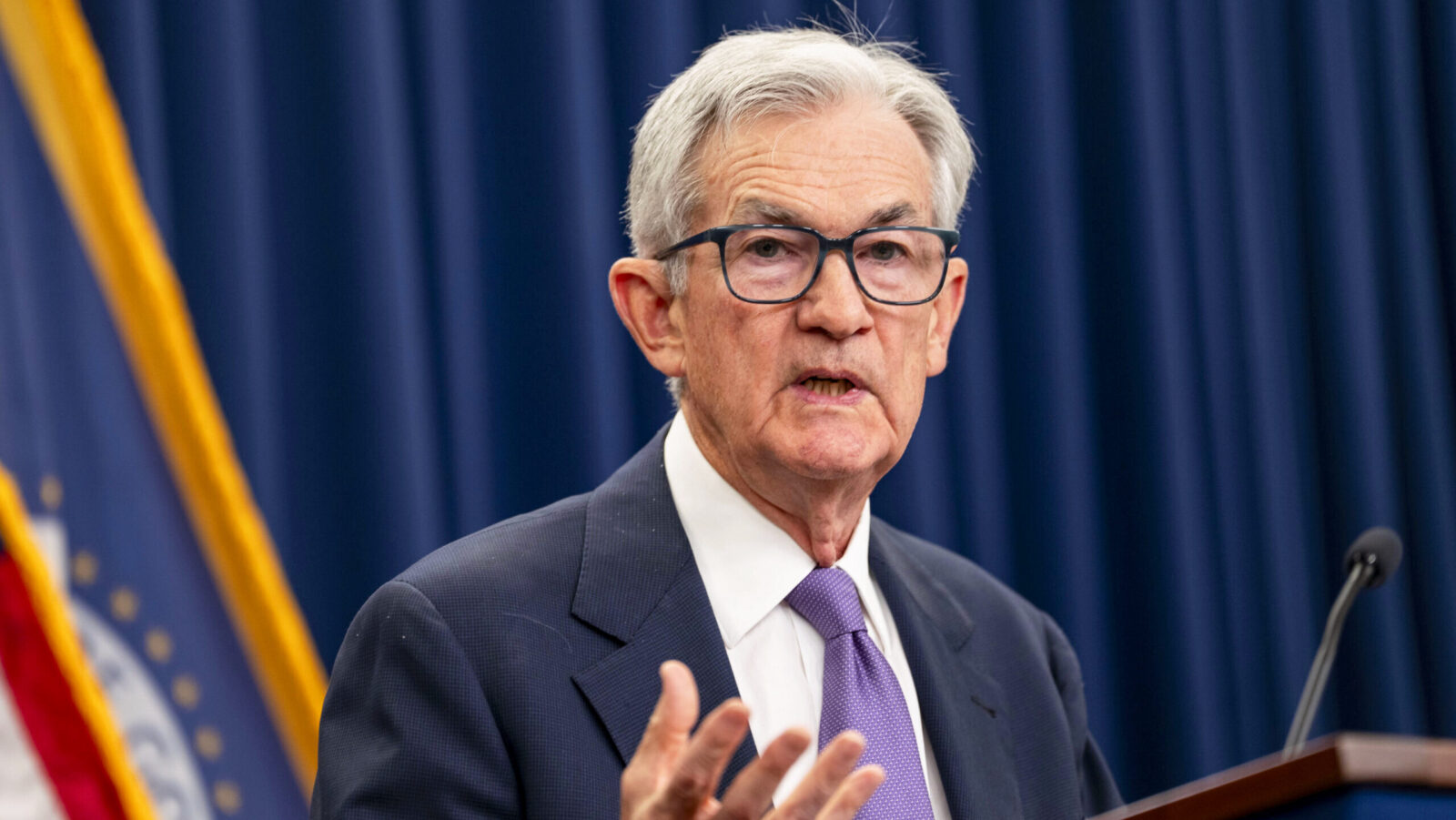Fed’s Beige Book Buoys Rate-Cut Hopes Amid Economic Data Blackout
The report cautions tariffs are driving inflation higher and says companies are grappling with whether to pass the costs to consumers.

Sign up for smart news, insights, and analysis on the biggest financial stories of the day.
We’re more than two weeks into an economic data blackout due to the US government shutdown. Nevertheless, investors are still occasionally treated to a candlelight glimpse into the statistical void.
That happened on Wednesday as the Federal Reserve published its regular Beige Book report, laying out the central bank’s view of US economic conditions. The report cautions that tariffs are driving inflation higher and notes that companies are grappling with whether to bear the costs or pass them on to consumers. “Tariff anxiety” would be a great idea for a Halloween costume this year, and it may just fuel rate-cut hopes that preceded the shutdown well into the Christmas season.
Alternative Data
For consumers, economists and investors, the shutdown created a vacuum where inflation data would normally help forecast the direction of interest rates and capital markets. In the absence of government data, there are private-sector gauges like OpenBrand’s consumer price index, which tracks some 400,000 items. It rose the most since June last month. PriceStats’ measure of online retail sales, meanwhile, recently found the cost of furniture and household goods climbed more than 5% on an annual basis for the first time in over two years.
Then there’s the Fed, which keeps the lights on during shutdowns, and its Beige Book, published eight times a year. The latest edition noted that inflation remains elevated, that “more employers reported lowering headcounts through layoffs and attrition,” and that “economic activity changed little” since its last report, meaning it didn’t do appreciably better. And, while the Bureau of Labor Statistics’ latest consumer price index data would normally have been released on Wednesday, officials have been recalled to ensure a release on October 24, despite the shutdown. That means, shutdown or no shutdown, Federal Reserve officials will enter their next monetary policy meeting on October 28 with fresh data points that could influence any decisions:
- The latest BLS report, published last month, showed CPI increased at a 2.9% annualized rate in August, well above the Fed’s 2% target rate. If higher inflation persists in the October 24 report, it could encourage officials to hold off on rate cuts to try to tamp down costs. The sharp slowing of payrolls in recent months, on the other hand, encourages cuts.
- Fed Chair Jerome Powell noted Tuesday that, even as the economy “may be on a somewhat firmer trajectory than expected,” a point that seemingly suggests the Fed has wiggle room to focus on inflation by holding rates steady, there are “downside risks to unemployment” that could merit an October rate cut.
Jerome is Not Alone: Markets, currently pricing in a 97% chance of an October rate cut, and analysts think the Fed will opt for the scissors, something Powell’s colleagues Stephen Miran and Michelle Bowman are advocating. “Despite the uncertainty over tariff-induced consumer inflation, we expect the Fed to continue to cut rates in the remaining two meetings of this year,” LPL Financial chief economist Jeffrey Roach said on Wednesday, adding that “recession risks still appear well-contained.”











